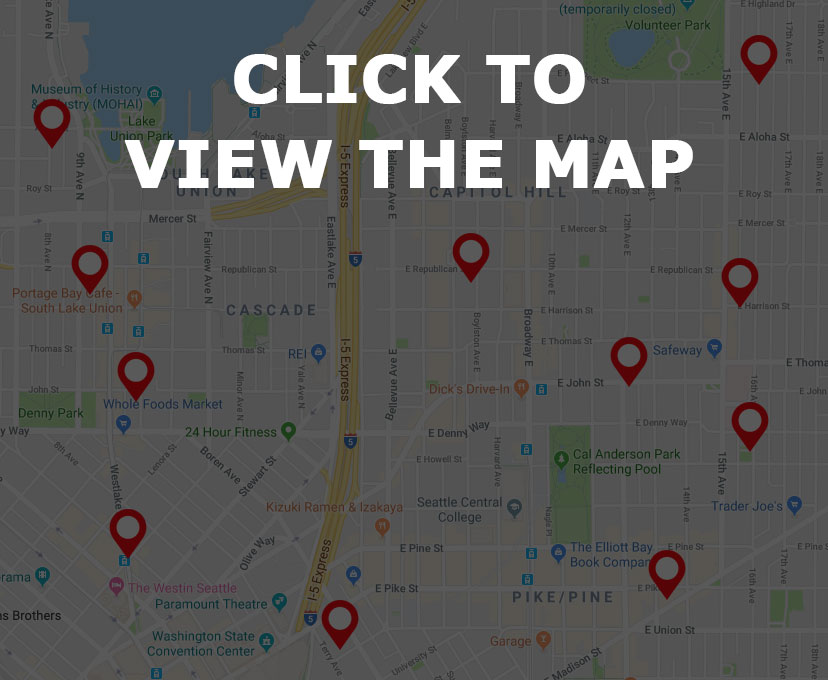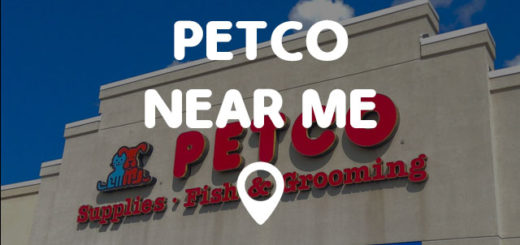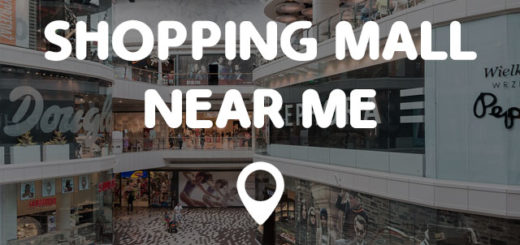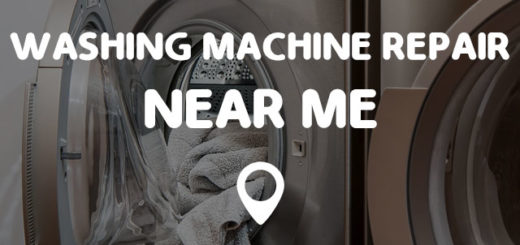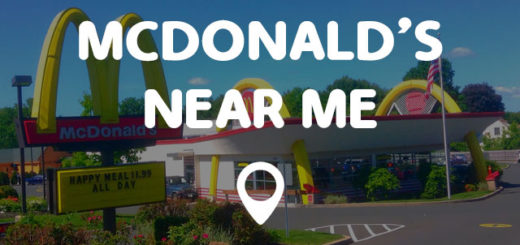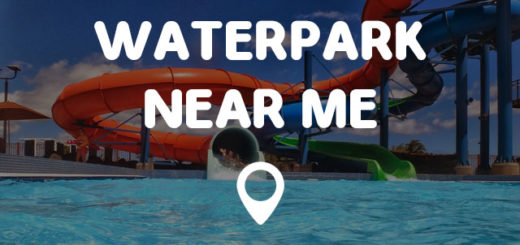Skateparks Near Me
For skateboard and blading enthusiasts, skateparks are a safe and fun way to try out new tricks and a spend a few hours just skating. Skateparks are recreational environments that are designed for skateboarding, inline skating, and BMX. Typically a skate park will include half-pipes, quarter pipes, spine transfers, handrails, vert ramps, banked ramps, pipe, pools, bowls and any other number of objects. The setup of a particular skatepark often reflects the environment, space, and general usage/popularity.
Are you interested in finding a skatepark near you? You’ve come to the right place! Simply browse skateparks near me on the map below and find a list of skate parks located in a close proximity to you. Need a bit more information on skateparks? Read on for facts, trivia, and history on these fun recreation parks!
Skateparks Near Me – Find it on the Map
Skateparks Near Me – Skateparks Trivia
When was the skateboard first invented?
In the present day, skateboards are a fundamental part of American culture, especially in states such as California and Hawaii. If you’re searching skateparks near me, then you recognize the outlet that skateparks and skateboarding have provided so many generations in the US. When was the first skateboard made? The first skateboard first emerged in 1958. It was made from a simple set of roller skates attached to a board. Yes, it was really that simple. Though a bit crude, this is where it all started. As surfing became increasingly popular, skating became a hip way to surf when there were no waves, thus earning skateboarding the term “sidewalk surfing.” By the time 1959 rolled around, the brand “Roller Derby” began to mass produce a skateboard that included metal wheels. By the time the 1960s rolled around, surfboard companies were seeing a lot of untapped potential. Companies such as Makaha and Hobie began making high quality skateboards with clay wheels and trucks that were made purposely for skating. With the advent of these new skateboards, the very first skate contest was held on Hermosa Beach in California in 1963. Once urethane wheels emerged in 1973, what was once a noisy bumpy ride quickly became smooth and silent. With these new wheels, banks and ditches became skateable, as the urethane wheels were able to grip to the concrete with ease. This newfound stability lead to trick skating as surfers such as Larry Bertlemann inspired others to begin new and radical forms of skating.
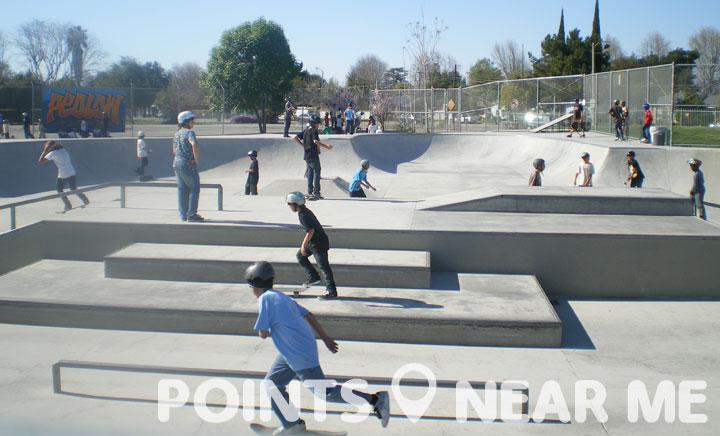
Skateparks are the best option for skate enthusiasts to practice new tricks and socialize with fellow skaters.
Where was the first skatepark built?
Skateparks are found in just about every town in 2017, but this wasn’t always the case. The first skatepark was built in Tucson, Arizona on September 3, 1965. Dubbed Surf City, skate celebrities such as Patti McGee even attended the grand opening. The park included concrete ramps and was operated by Arizona Surf City Enterprises. The first skatepark to include plywood ramps on a rather generous half acre lot was located in Kelso, Washington. That park opened in April 1966 and was lighted for night use. California’s very first dedicated skatepark didn’t open until 1976 in the city of Carlsbad. This is where the very first World Skateboard Championship was held in 1977. The park operated until 1979, when it was buried intact beneath a layer of dirt for over two decades. The park was officially destroyed in 2005. Nowadays as you search skateparks near me, you’ll likely find lots of local options.
Skateparks Near Me – Skateparks Facts
Skating in Pools
If you’re searching skateparks near me, then you know that it’s always been a popular choice for many skaters to skate in emptied out swimming pools. But when did this officially become a thing amongst many skaters? In 1978, the California drought forced a colossal number number of homeowners to drain their pools. Sure, skaters had been riding in swimming pools since the introduction of urethane wheels in the previous year, but the drought allowed them to view empty pools as another form of territory just waiting to be conquered. These emptied out pools allowed for new tricks to be invented daily. From aerials and inverts, to the classic ollie. Nowadays, concrete parks are still built to emulate the type of skating done in these once emptied out pools. Despite the popularity in many warm weather areas, outdoor skateparks in colder states are often forced to close due to low attendance and high insurance rates. A true bummer for any skateboarding enthusiast.
Skatepark Size On Average
Skateparks come in all shapes and sizes, with many skateboarders finding convenient and clever ways to turn just about anything into a skatepark. Proper skate parks or neighborhood skate parks are typically between 6,000 and 10,000 square feet depending on the popularity of the sport in the area and the number of skaters who are estimated to use the park. Neighborhood skate parks typically have stark and delineated edges so that is clear to all involved where the skatepark begins and ends. However, more progressive designs are quickly moving away from skatepark boards. In addition to having trash cans, water, and seating, neighborhood skateparks are convenient because they typically have parking lots. Though most skaters will skate to the park, some will have to be dropped off or picked up. Many of these neighborhood parks also have restrooms and some up and coming parks offer a small concessions stand. Dozens of users can skate simultaneously at most neighborhood skateparks, though this varies due to size and design. Searching skateparks near me is the best way to find your closest neighborhood skatepark.

